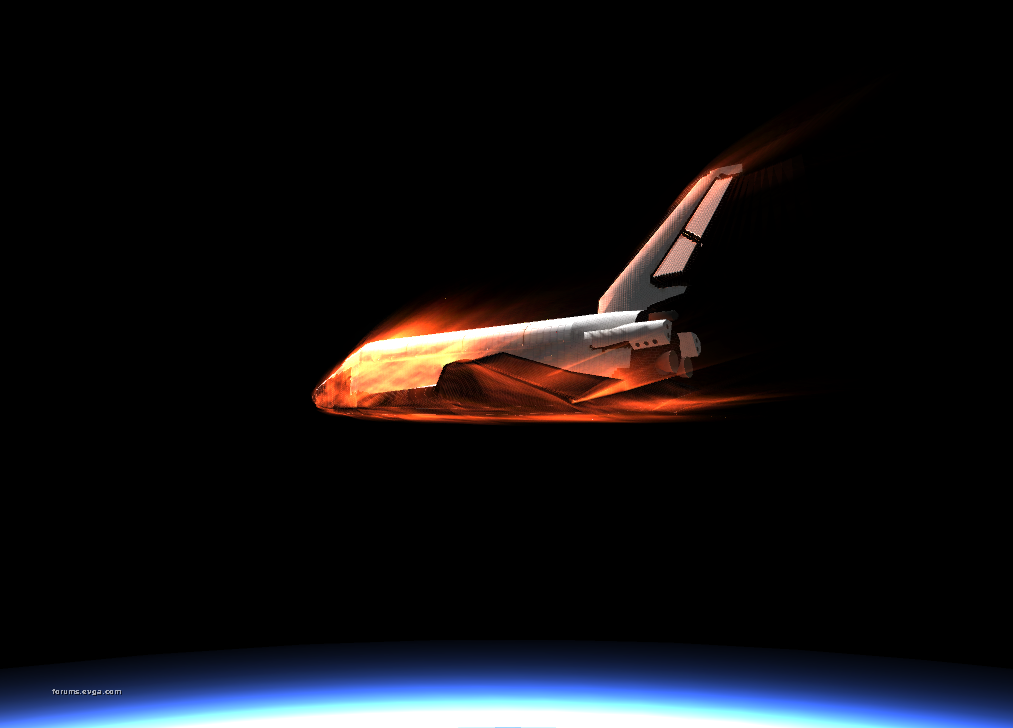Pretty Awesome! Also, kinda hard to believe.
Hard to beleive for three reasons - Speed, Altitude and environment.
Speed- Mach 4.5. Wow. (Mach 5 -We hit Hypersonic.)
Altitude - 100,000 Feet. (Better than Blackbird?)
Environment - It has a turbojet, rocket motor and ramjet engine- all fuel gobbling engines. (Eh...Global Warming?)
But it's true. Airbus filed a patent for a Aircraft that can fly at Mach 4.5 at 100,000 feet.
What that means is that a transatlantic flight that take 7 hours currently can be completed in 1 hour. London to New York in 1 hour.
It could revolutionize air travel as we know it.
Airbus has different plans for Concorde 2.
If it ever came into existence, it will be mainly used for military purpose. Concorde 2 can take up to 19 passengers or military personnel who needs fast access to another country.
Considering the fact military technology will eventually be used for commercial purpose, a supersonic aircraft flying at 4.5 for 19 passengers is quite possible. But it will take time. Decades at-least.
There are three kinds of engines used in this aircraft. I am sure that Airbus patented a system that uses three different kind of engines to work together.
SR-71A Blackbird of Lockheed Martin uses two kinds of engine to propel it to Mach 3.5. Technically, Blackbird has 4 engines. Concorde 2 will have 6.
Also, since Concorde 2 will be cruising at 100,000 ft - it will break Blackbirds record of absolute record of manned flight. Blackbird's record was 85,069 ft.
If it ever come into existence, I cannot fathom the scrutiny of safety laws Airbus will have to abide. This aircraft will sure be costly, if it comes to reality.
Nevertheless, Concorde 2 will be a legend, if it ever take to sky.
Here is a video from PatentYogi for details:
Thanks for reading guys.
CK



























